Lapta, North Cyprus (Lapithos or Lapethos in Greek)
Lapta is a town with a population of around 8,000 people. It is situated from the mountainside down to the sea. Lapta can be reached by driving for 8 miles West of Kyrenia.
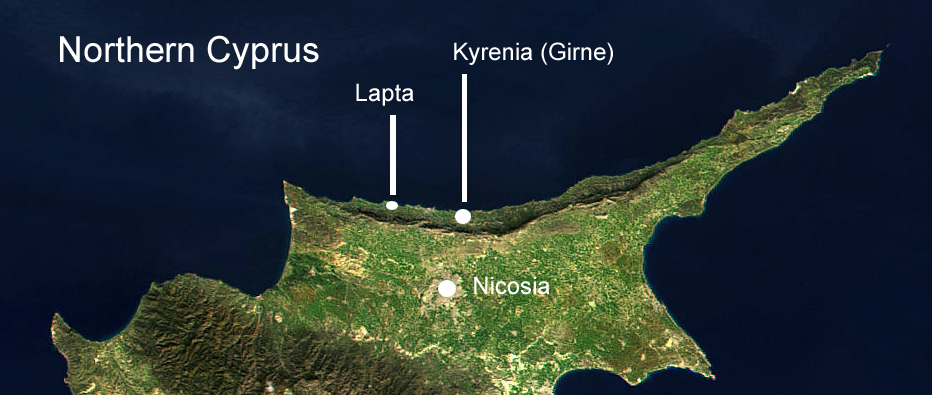
Map of North Cyprus (Wikipedia)
Lapta with its green mountain backdrop and stunning sea views to the North is quite a popular place to stay so you will find plenty of hotels and bungalows you can hire and there are usually houses for sale for those that are thinking of relocating or owning a holiday home.
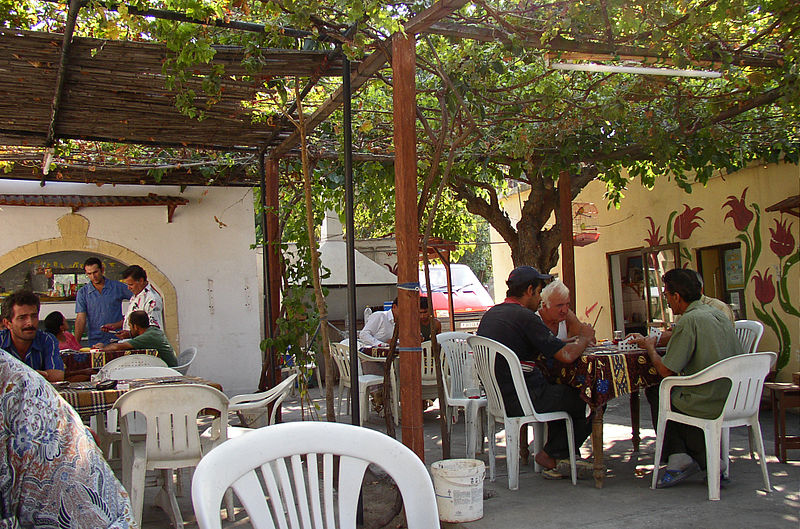
Kebab Restaurant in Lapta (Wikipedia)
Hotels in Lapta
Visitors to Lapta are well provided for as there are many lovely places to stay.
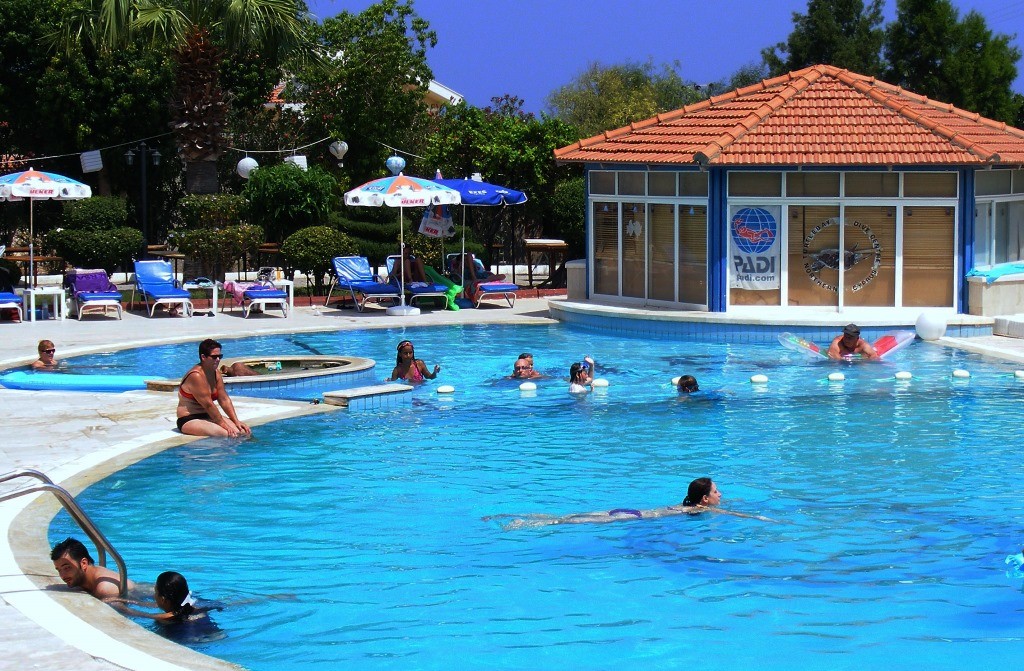
Lapta, North Cyprus. Image: ManAlive! via Flickr
Some notable hotels are: Chateau Lambousa, Manolya Hotel, LA Hotel & Resort, Lapida Hotel & Hotel Sempati
More on these hotels can be found on tripadvisor.
Places of interest in Lapta
Lapta is a nice place to visit and drive around. You will find some excellent places to snap pictures. There are many old buildings and lovely vantage points where you can park your car and take in the sea views.
St. John’s church has wonderful icons that date back to 1793 that are worth seeing.
St Luke’s church has columns located in its garden which have been decorated in the Corinthian style. The columns are reportedly to have once stood in the ancient city of Lambusa.
Although the Acheiropoietos Monastery cannot be accessed by the public anymore as it is currently being used by the Turkish military as an encampment and warehouse, it can be seen from different vantage points and is worth a mention.
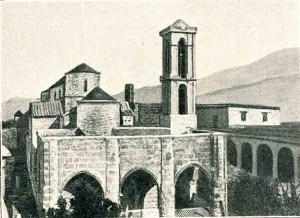
Acheiropoietos Monastery (Wikipedia)
Acheiropoietos means “made without hands”. According to tradition, an icon in the church was miraculously moved from Turkey to the monastery by the Virgin Mary to protect it.
Acheiropoietos Monastery has been built in the 11th century on top of the foundations of a 6th-century Christian church.
Through the centuries the monastery has been renovated and built on giving it many different architectural styles from different time periods which including early Christian, Lusignan, Byzantine, Gothic and Frankish.
The history of Lapta (Lapithos or Lapethos and Lambousa)
According to the myths Lapta was first settled by the Spartans and is one of the original eleven kingdoms of Cyprus. The last king of Lapta was Praxippos, who was conquered by Ptolemy I of Egypt in 312 BC. With the blessing of Ptolemy, Nicocreon the king of Salamis, became chief general in Cyprus which made him the ruling power of the island.
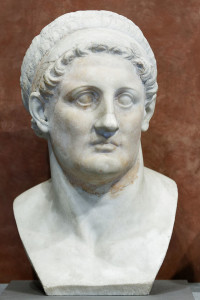
King Ptolemy I (Wikipedia)
Findings from excavations which include pottery and stone work date Lapta’s existence as far back as 3000 BC.
Peisistratos, king of Lapithos, with his ships alongside Stasanor of Curion and Nicocreon the king of Salamis, came to the aid of Alexander the Great and helped him capture Tyre in Phonecia.
During the Roman period Lapithos (Lapta) was known for it’s production of copper and pottery. It was a thriving place with around 10,000 inhabitants.
As Lapithos had its own port and shipyard it’s success continued throughout the Roman period up until the early Christian era (250 AD). It was also during this time that its name was changed to Lambousa, “shining”. It is unclear if this name was chosen as it was a rich city or perhaps because it may of had a lighthouse at its harbour. Interestingly the apostles Mark, Barnabas and Paul passed by Lapethos during the early years of Christianity. According to documents, apostle Barnabous said that both he and apostle Mark had to stay outside the walls of Lapithos as they were not allowed access to the city.
Lapethos was heavily raided during the Arab incursions for many years and the Arabs surrounded the city in 654 AD. The inhabitants were allowed to leave the city without harm as long as they walked out leaving their valuables in the city, which they did. Lapithos then became an Arabian sovereignty. Then in 965 AD the Byzantine emperor Nicephorus II Phocas conquered Lapethos and it became a part of the Byzantine empire
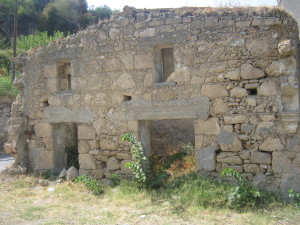
Old ruin in Lapta ![]()
After Richard the Lion Heart conquered Cyprus he ended up giving it to his friend Guy of Lusignan in 1192 who was ousted from Jerusalem. Guy ruled Cyprus until his death in Nicosia in 1194. Cyprus was then passed down to succeeding Lusignan rulers until it was conquered by the Ottoman Turks and they held it from 1571–1878 AD. They converted two Greek Orthodox churches into mosques. In 1780 a section of Lapithos was split off to form a new village, Karavas.
The island was then managed by the British and after the EOKA uprising and the Turkish invasion, the island has been divided into two parts. The Greeks live in the South and the Turks in the North.
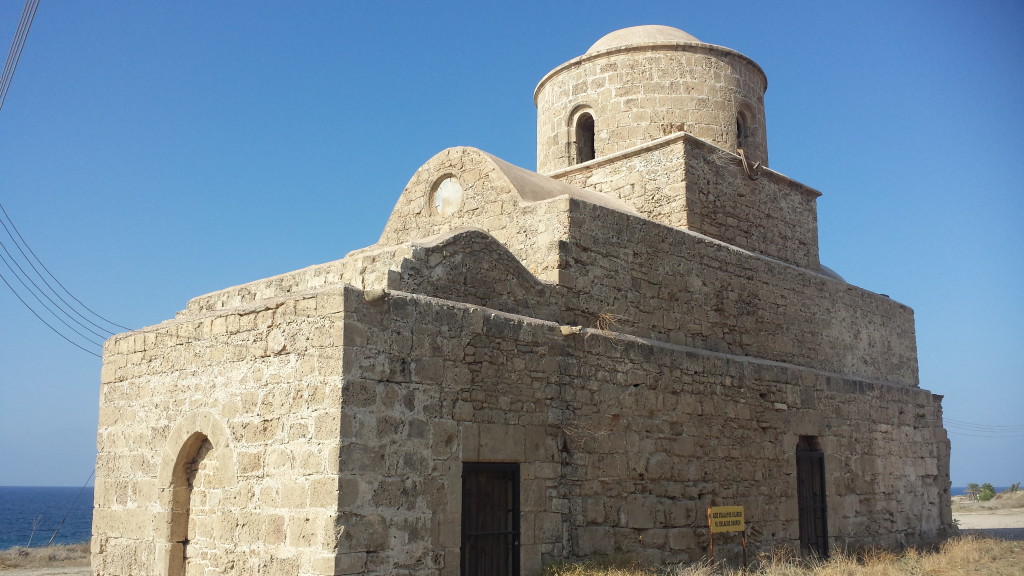
Agios Evlalios church, 1m north of Karavas, Near Camelot beach ![]()
You may also find interesting:
References
http://en.wikipedia.org/wiki/Lapithos
http://en.wikipedia.org/wiki/Acheiropoietos_Monastery
“Ancient Cyprus in the British Museum”. The British Museum. Retrieved 9 February 2013.
![]()
